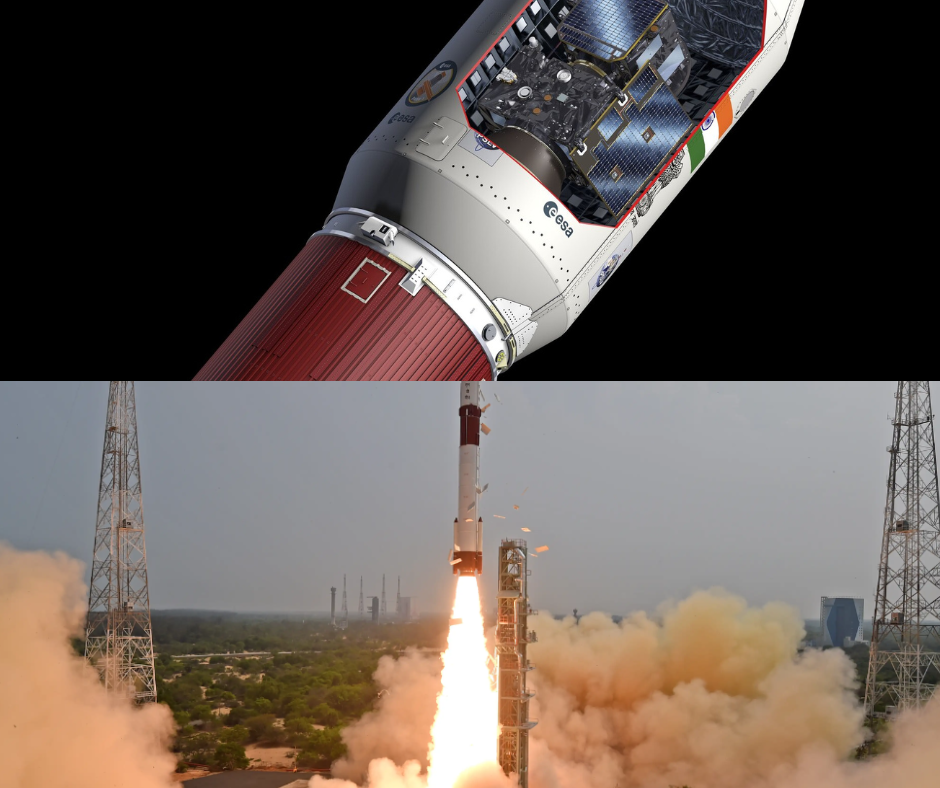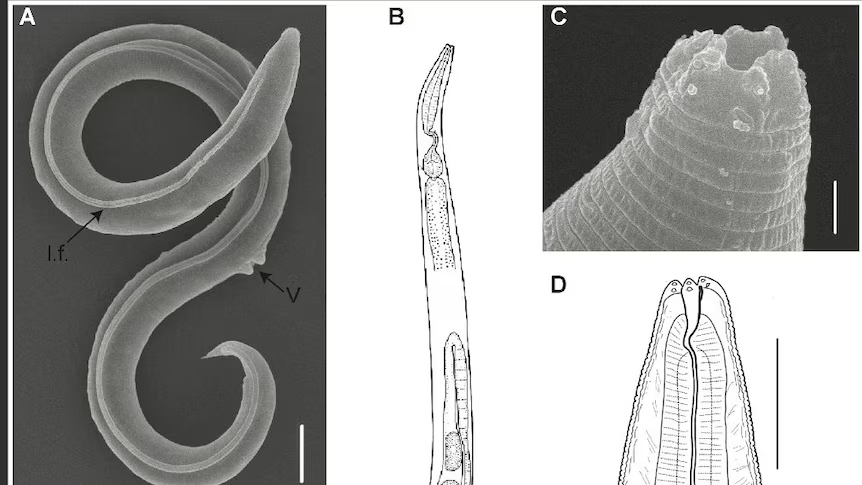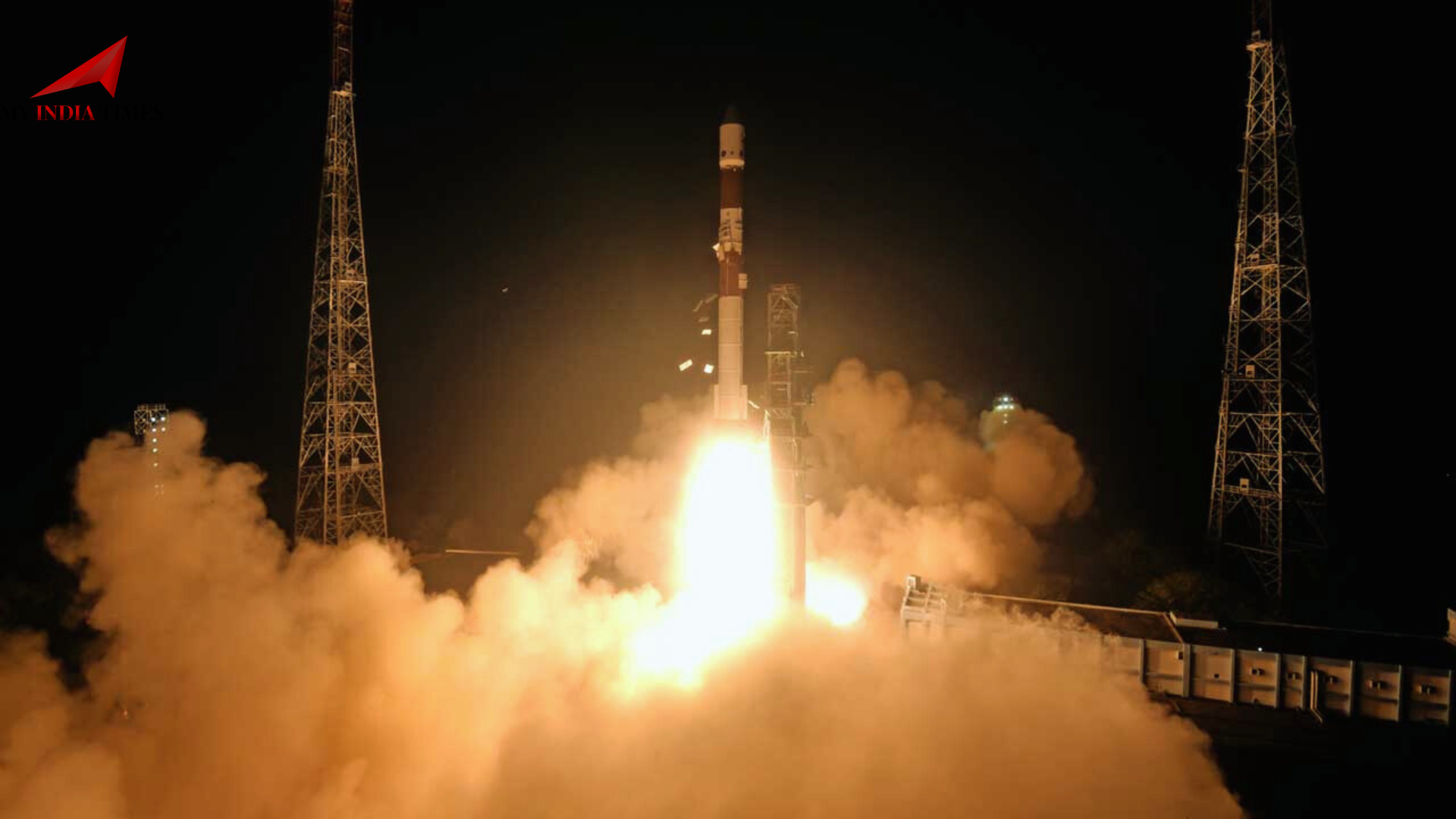Home / science / Indian Scientists Make Groundbreaking Discovery in a Triple-Star System
Indian Scientists Make Groundbreaking Discovery in a Triple-Star System
By: My India Times
2 minutes read 37Updated At: 2024-12-09

In a remarkable scientific achievement, Indian scientists have uncovered an extraordinary triple-star system, marking a significant breakthrough in our understanding of the universe. This solar system, which features not one, but three stars, is a striking discovery that challenges traditional theories about how star systems form and interact. The research was led by astronomers at the Indian Institute of Astrophysics (IIA), who have been investigating the complex and fascinating behavior of multi-star systems.
The discovery, made using data collected from cutting-edge space telescopes and advanced ground-based observatories, has revealed the intricate gravitational interactions between the three stars. Located in the Centaurus constellation, over 300 light-years from Earth, this multi-star system has become an exciting area of study for astronomers worldwide. Although triple-star systems were once considered rare and difficult to study, this breakthrough has opened new doors to exploring their dynamic nature in more detail than ever before.
The research team has discovered that the gravitational forces between the three stars create a delicate and dynamic environment in which planets orbit not just one, but all three stars. This phenomenon, previously thought to be nearly impossible, could allow planets to have extremely unusual orbits that differ vastly from the single-star systems we know. These findings challenge previous theories about the stability of multi-star systems and suggest that such systems can, in fact, maintain stability over long periods of time—something that was once believed to be unlikely.
“This discovery represents a major advancement in our understanding of celestial mechanics,†said Dr. Neha Raghav, the lead scientist of the project. “We are now seeing the gravitational interactions in a completely new light. It opens up exciting possibilities for the search for planets that could potentially support life or have other unique characteristics.â€
The findings have been published in the Astronomical Journal and are already generating significant global interest. Experts in the field of astrophysics are praising the work as a groundbreaking contribution to the study of multi-star systems—an area that was once considered too complex to study in detail. The Indian team’s efforts have provided new insights into how these systems form, evolve, and remain stable despite the complex gravitational forces at play.
This discovery could have broader implications for our understanding of the formation of our own solar system. By studying how planets in triple-star systems evolve, scientists may uncover new insights into how planetary systems like our own formed billions of years ago. This research may also help us understand the potential for habitable planets in such unusual environments.
As technology advances, the Indian research team hopes to further investigate these triple-star systems and continue to push the boundaries of space exploration. Their findings provide a deeper understanding of the cosmos and offer exciting possibilities for future studies. With new tools and methods, astronomers believe they can continue to unlock more mysteries of the universe and gain a better understanding of our place in it.
This groundbreaking discovery not only marks a significant milestone in astrophysical research but also underscores India’s growing presence in the field of space exploration. With more discoveries like this on the horizon, the future of astronomy looks brighter than ever.
....In a remarkable scientific achievement, Indian scientists have uncovered an extraordinary triple-star system, marking a significant breakthrough in our understanding of the universe. This solar system, which features not one, but three stars, is a striking discovery that challenges traditional theories about how star systems form and interact. The research was led by astronomers at the Indian Institute of Astrophysics (IIA), who have been investigating the complex and fascinating behavior of multi-star systems.
The discovery, made using data collected from cutting-edge space telescopes and advanced ground-based observatories, has revealed the intricate gravitational interactions between the three stars. Located in the Centaurus constellation, over 300 light-years from Earth, this multi-star system has become an exciting area of study for astronomers worldwide. Although triple-star systems were once considered rare and difficult to study, this breakthrough has opened new doors to exploring their dynamic nature in more detail than ever before.
The research team has discovered that the gravitational forces between the three stars create a delicate and dynamic environment in which planets orbit not just one, but all three stars. This phenomenon, previously thought to be nearly impossible, could allow planets to have extremely unusual orbits that differ vastly from the single-star systems we know. These findings challenge previous theories about the stability of multi-star systems and suggest that such systems can, in fact, maintain stability over long periods of time—something that was once believed to be unlikely.
“This discovery represents a major advancement in our understanding of celestial mechanics,†said Dr. Neha Raghav, the lead scientist of the project. “We are now seeing the gravitational interactions in a completely new light. It opens up exciting possibilities for the search for planets that could potentially support life or have other unique characteristics.â€
The findings have been published in the Astronomical Journal and are already generating significant global interest. Experts in the field of astrophysics are praising the work as a groundbreaking contribution to the study of multi-star systems—an area that was once considered too complex to study in detail. The Indian team’s efforts have provided new insights into how these systems form, evolve, and remain stable despite the complex gravitational forces at play.
This discovery could have broader implications for our understanding of the formation of our own solar system. By studying how planets in triple-star systems evolve, scientists may uncover new insights into how planetary systems like our own formed billions of years ago. This research may also help us understand the potential for habitable planets in such unusual environments.
As technology advances, the Indian research team hopes to further investigate these triple-star systems and continue to push the boundaries of space exploration. Their findings provide a deeper understanding of the cosmos and offer exciting possibilities for future studies. With new tools and methods, astronomers believe they can continue to unlock more mysteries of the universe and gain a better understanding of our place in it.
This groundbreaking discovery not only marks a significant milestone in astrophysical research but also underscores India’s growing presence in the field of space exploration. With more discoveries like this on the horizon, the future of astronomy looks brighter than ever.
By: My India Times
Updated At: 2024-12-09
Tags: science News | My India Times News | Trending News | Travel News
Join our WhatsApp Channel














































































































.png)
 (1).png)























